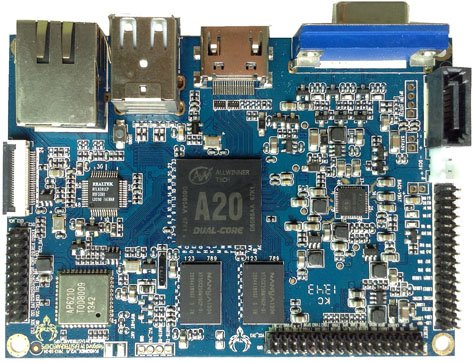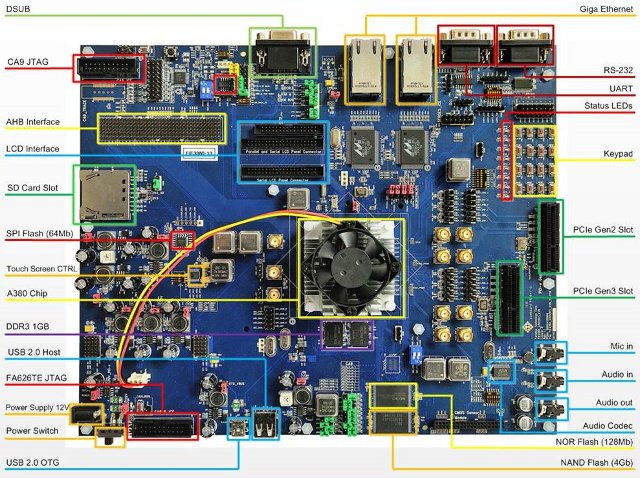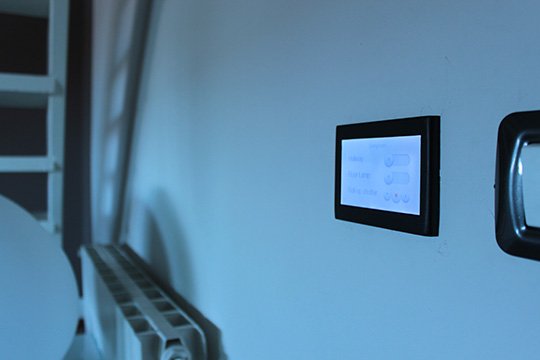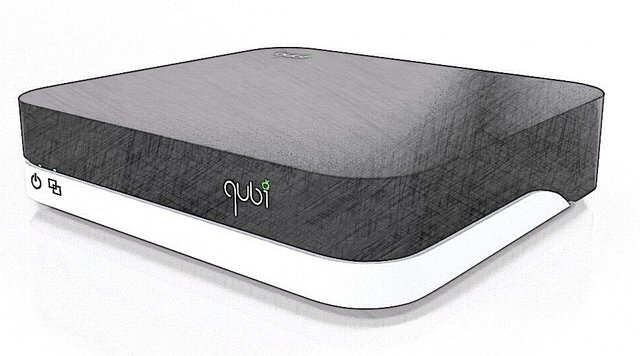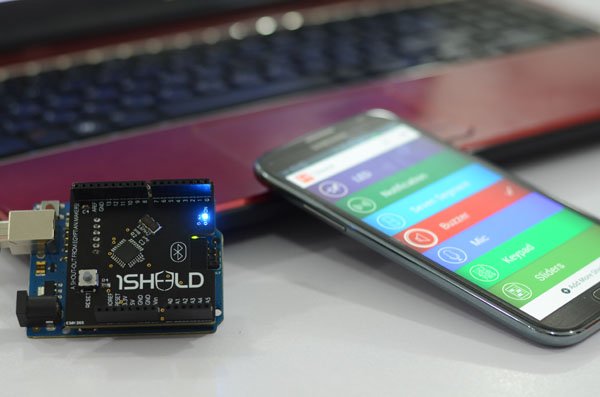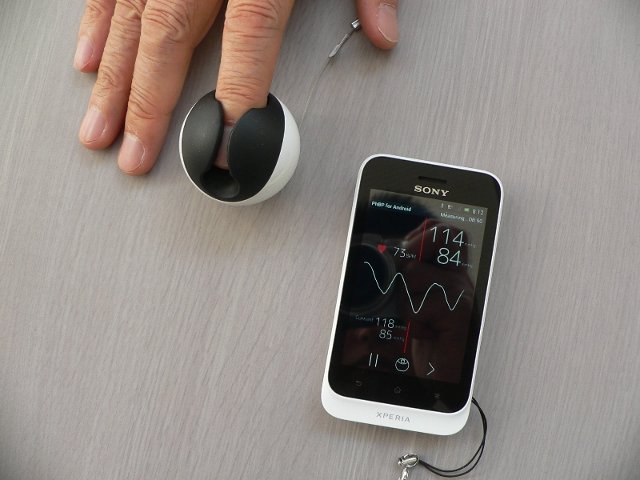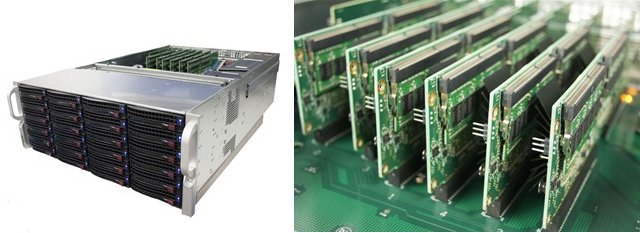Anichips Technology, a Shenzhen based electronics design company, has just announced PhoenixA20, a pico-ITX board features AllWinner A20 dual core Cortex A20 SoC with 1GB, 4GB Flash, HDMI and VGA output, Ethernet, and built-in Wi-fi and Bluetooth. PhoenixA20 specifications: SoC- AllWinner A20 dual ARM Cortex-A7 processor @ 1.2 GHz with ARM Mali-400MP2 GPU System Memory – 1GB DDR3 Storage – 4GB NAND Flash, micro SD card slot (up to 32GB), and SATA Video output – HDMI and VGA connectors. LVDS, RGB and CVBS signals are accessible via the expansion headers Connectivity – 10/100M Ethernet, Wi-Fi & Bluetooth 4.0 (via AP6210) USB – 2x USB 2.0 host ports Camera Interface – CSI Expansion headers – 3x UART, 2x I2C, 1×I2S, 1xCVBS, 4x TVIN, 2x Line IN, 1x SPDIF, 2x PWM, 2x LRADC, 2x FMIN, 1xHeadphone, 4xTVOUT, MIC, IR, TP The board supports Android 4.2.2, and Linux 3.3 with source code for […]
Faraday Technology SoCreative! IV Kit Facilitates Custom SoC Design and Software Implementation
Faraday Technology has unveiled “SoCreative! IV”, a SoC development kit based on Faraday A380 SoC featuring a dual-core ARM Cortex A9 processor, an ARMv5-compliant core developed by the company, and a high speed expansion bus for interfacing with FPGA daughtercards. A380 SoC has been designed for cloud infrastructure market, including networking, computing, and storage applications. The company has not listed the specifications, but here’s what I could derived from the picture above, and the info found on Linux Gizmos article. SoC – Farady A380 dual core Cortex A9 @ 1GHz, with ARMv5-compliant FA626TE RISC processor @ 500MHz, and 512MB L2 cache. BGA package (31x31mm), 40nm process. System Memory – 1GB DDR3-1600 RAM Storage – 4Gb NAND Flash (512MB), 128Mb of NOR flash, 64Mb of SPI flash, I2C EEPROM, and SD Card slot. Video Output – DSUB for 24-bit LCD I/F up to 1280×1280 Audio – Mic In, Audio In/Out, Audio […]
AlmaDom.us Home Automation System Fits into Your Walls’ Gang Boxes
Almaware, an Italian IT company, has recently launched an Indiegogo campagain for AlmaDom.us, an home automation system with a 4.3″ touchscreen screen that replaces your wall switch, and fits in your wall’s gang box. Almadom.us specifications: SoC – ARM Cortex A8 720Mhz ARM Processor with PowerVR SGX530 GPU (Texas Instruments AM3354) System Memory – 256MB or more (TBD) Storage – 128Mb Flash or more (TBD) Display – 4.3″ resistive touchscreen (5 points). Resolution: 480×272, 256K colors Connectivity – Bluetooth 4.0, Z-Wave and WiFi 802.11b/g/n with antenna on external cover Relays – 3 relays compatible with 110V and 230V (US and European Standard), with a maximum of 10A for single electrical equipment Misc – Temperature sensor, Infrared proximity sensor (to turn on/off screen), microphone and speaker. Power consumption – Active: 0.2 – 2W, Standby: 20 – 100 mW Operating temperature range – 0° to 70° C Board dimension – About 70×30 […]
Qubi Android Media Center Features Qualcomm Snapdragon 600 SoC
Traditionally Qualcomm Application Processor have mostly been found in tablets, smartphones, and in development board such as the company’s own Mobile Development Platforms (MDP) or MyDragonBoard boards. But recently, a Snapdragon S4 has found its way into a smartwatch and today, I’ve found an upcoming, or maybe not, media player powered by Qualcomm Snapdragon 600. Beside Qualcomm quad core Krait SoC, Qubi Android media center features 2 GB RAM, 16 GB NAND Flash, dual band Wi-Fi b/g/n/ac, Gibabit Ethernet, and more. Here are the specifications of the device: SoC – Qualcomm Snapdragon 600 Quad Core Krait CPU @ 1.7 GHz with Adreno 320 GPU System Memory – 2GB RAM Storage – 16GB NAND Flash + microSD slot Connectivity – Dual band Wi-Fi b/g/n/ac, Gigabit Ethernet, and Bluetooth 4.0 Video Output – HDMI with HDMI-CEC support Audio Output – HDMI, optical SPDIF Video – 1080p video decoding USB – 3x USB […]
1Sheeld Arduino Shield Leverages Your Android Smartphone Hardware
To get started with Arduino, a simple board is enough, with soon, you’ll need to add shields for Wi-Fi, sensors, maybe a small display, etc.. and costs add up. Integreight, an Egyptian startup, had to idea to create a simple shield called 1Sheeld that can leverage your smartphone hardware assets such as Wi-Fi, LEDs, sensors, the display, the speaker, etc.., so you don’t have to spend extra money on shields. Technical Specifications: Runs on an ATmega162 @ 16 MHz Uses a standard HC-06 adapter (Bluetooth 2.0) providing up to 30 feet range (about 9 meters) Uses a modified version of the Firmata protocol Can communicate with Arduino using UART 50mA current draw That’s for the hardware, and there’s also a software platform and Android app to manages the communication between the shield and the smartphone, and select different shields options. You’d have to write your sketch using the company’s library, […]
$49 Safeplug Tor Router Let You Browse the Net Anonymously
With the recent NSA leaks, more and more people have been be aware that there’s virtually no privacy online, especially with regards to their own or foreign governments. So people have looked into using secure emails, or find way to protect themselves against eavesdropping from criminals, advertisers, and politicians. For example, instructions have been posted to convert the Raspberry Pi into a Tor router, called Onion Pi, in order to hide your IP address, and browse the web anonymously from any of your devices. If you’re not the tinkerer type, and/or would just like to get something that works out of the box cheaply, people behind the Pogoplug, have introduced the Safeplug, a Tor enabled router, that sells for just $49, plus $9 shipping to the US. It does not seem to be available for the rest of the world. There’s absolutely no information about the hardware used, but it […]
ICMe Cuffless Finger Blood Pressure Monitor Sends Results to your Smartphone via Bluetooth 4.0
Nihon University have developed a tiny blood pressure monitor, which you can just touch with your finger, in order to get maximum and minimum (systolic and diastolic) blood pressures, both average and real-time values, as well as pulse rate and pulse waveform displayed on your smartphone. ICMe uses photo transistors to detect LED light reflected on a finger, and then converts pulse wave data obtained from the light to a blood pressure value. Phase Shift Method-based data processing and algorithm is used for the conversion to a blood pressure value, and results are transmitted to the phone via Bluetooth 4.0 (LE?). The device is composed of a custom main chip, LEDs, photo transistors, and a Bluetooth 4.0 module. Tech-on reports an early much larger model was exhibited last year at Medica 2013, and the new miniaturized model is currently showcased at Medica 2013, which runs from Nov 20 to 23, […]
Boston Viridis 2.0 and AAEON CRS-200S-2R ARM Based Servers Powered by Calxeda Quad core Cortex A15 SoC
Calxeda unveiled its new ECX-2000 Server-on-a-Chip (SoC) at ARM Techcon 2013. Calxeda new chipset features 4 cortex A15 cores, support up to 16GB RAM, and thanks to the move from Cortex A9 to Cortex A15 supports hardware virtualization. I’ve stumbled across two new servers powered by ECX-2000: Boston Viridis 2.0 and AAEON-CRS-200S-2R. Let’s have a look Boston Viridis 2.0 The successor of Boston Viridis powered by Calxeda ECX-1000 quad core Cortex A9 SoC, Viridis 2.0 features six ECX-2000 cards, with each card hosting two four-core SoCs @ 1.8GHz, and consuming as little as 6 watts of power. The server runs Ubuntu 13.10 operating systems, and OpenStack Havana platform, and would typically be used for cloud computing, distributed storage, and virtualization. Viridis 2.0 is a 4U ARM microserver that, and the company claims this can allow up to 1000+ servers in a rack, or about 1.5PB of data storage per rack. […]


